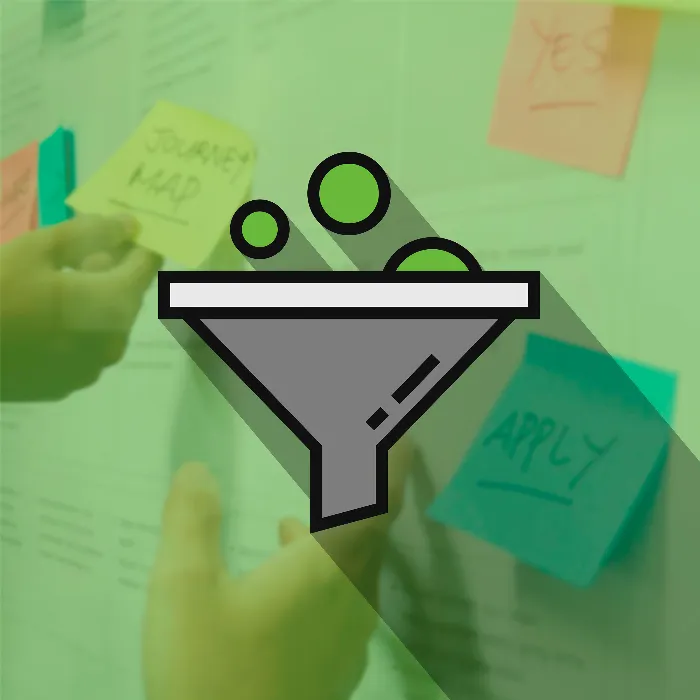The checkout process is often the most critical point in any online shop. Here, customers often decide to abandon the purchase, which in many cases is due to suboptimal user experience. Therefore, it is crucial to design the checkout process in a way that guides the customer appealingly and simply at every stage. This guide gives you practical tips and shows you how you can design your checkout process with a clear focus on the user.
Key Takeaways
- The checkout process should make use of possible upselling and cross-selling opportunities.
- Guest orders are important to not lose potential customers.
- The added value through registration should be clearly communicated.
- Keep the number of form fields to a minimum.
- Simple payment methods and clear communication increase the conversion rate.
Step-by-Step Guide
1. Cart Confirmation and Upselling Opportunities
Once the customer has added a product to the cart, do not immediately redirect them to the checkout process. Instead, show a interim page or a pop-up confirming that the product is in the cart. Take this opportunity to offer additional products that other customers have purchased or that are thematically related. The customer should have the option to either continue shopping or go to the cart.
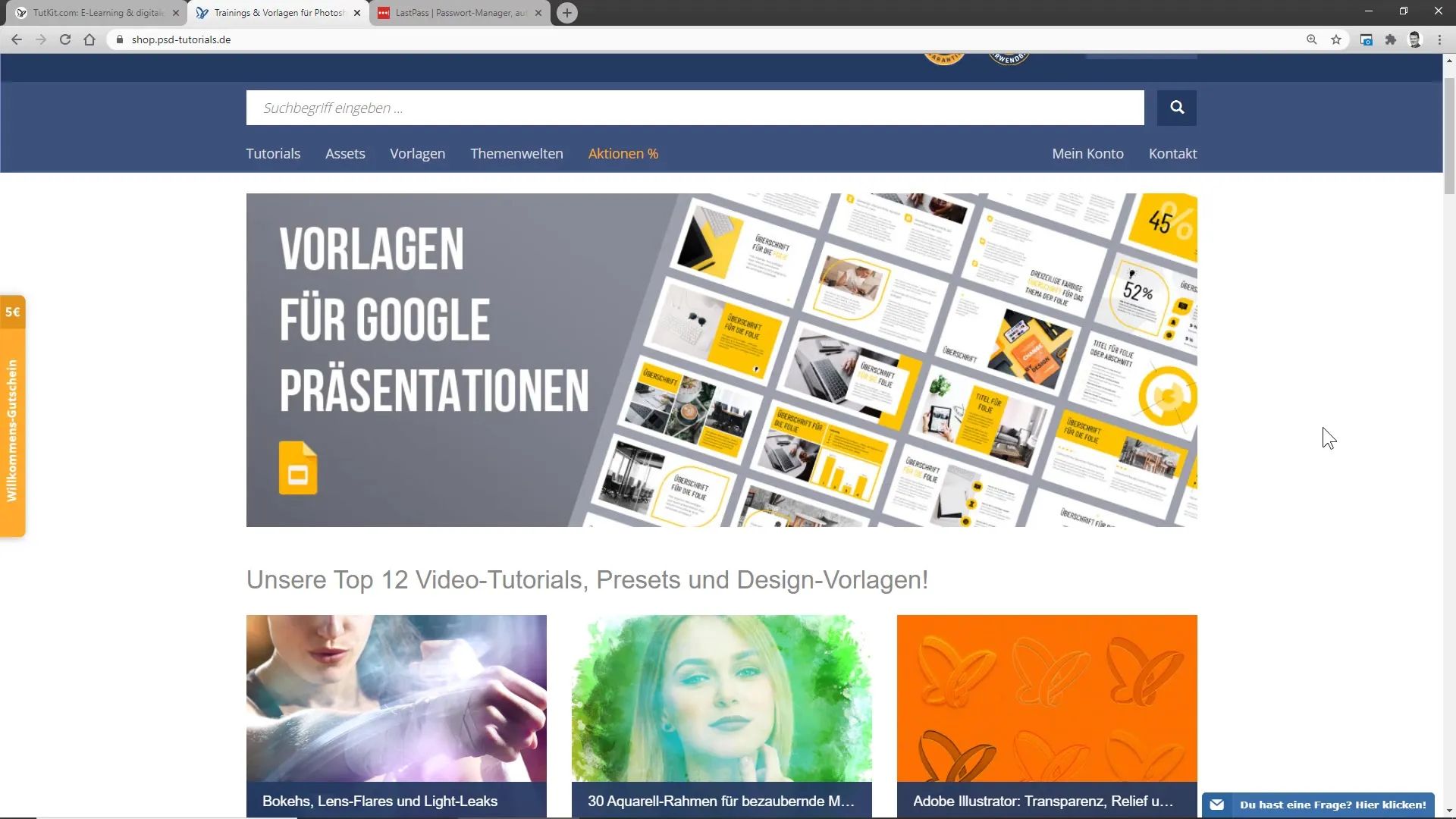
2. Orientation in the Checkout Process
In the checkout itself, always show the customer where they are in the process. A clear pagination or progress indicator can be helpful in showing the user the next steps. The process should be clear and intuitive. This minimizes the likelihood of abandonment.
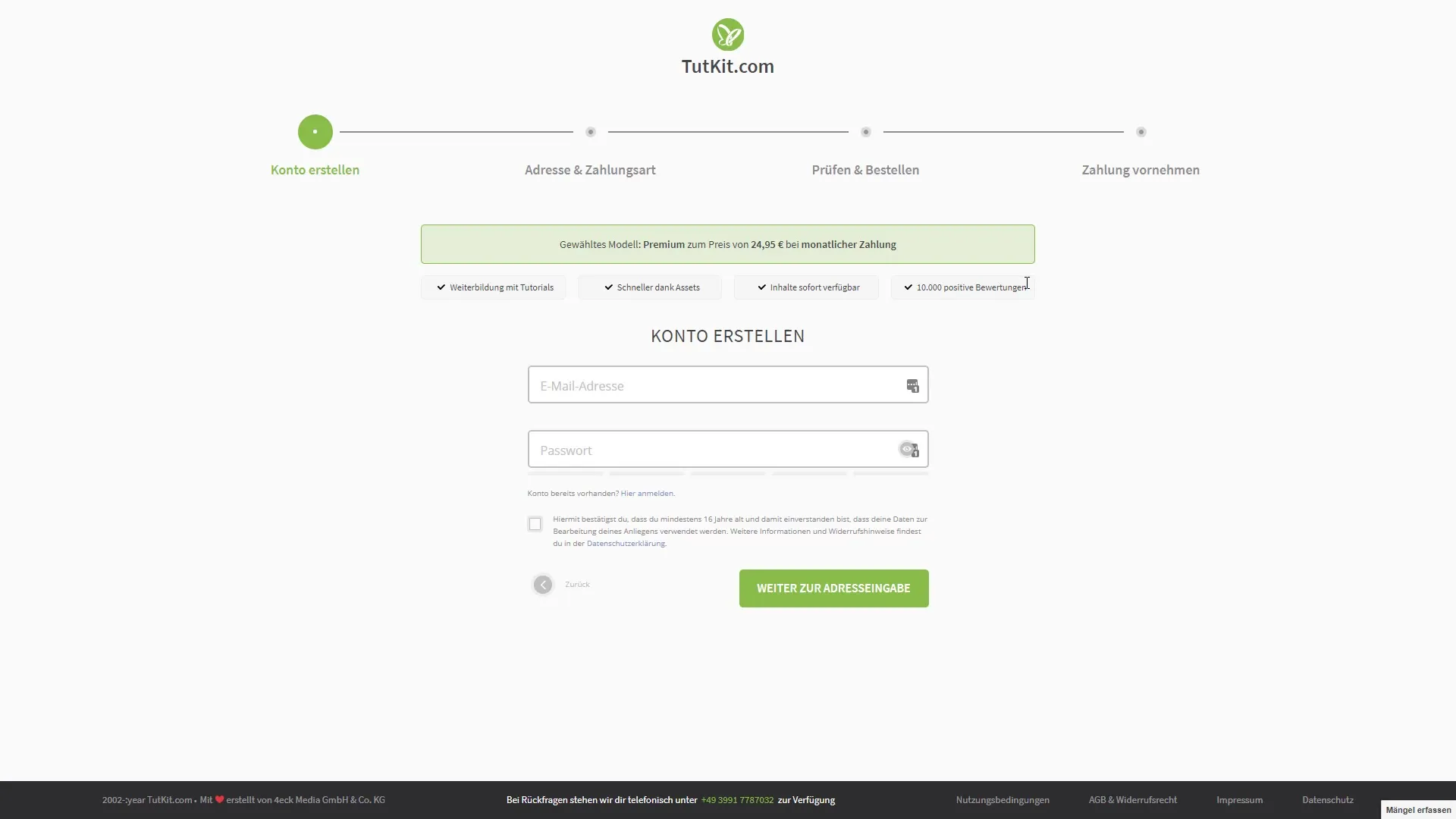
3. Enable Guest Orders
Use the guest order function as the default. Many customers do not want to register for one-time purchases. By allowing guest orders, you reduce the risk of losing potential customers, especially if your shop is not very well known.

4. Easy Registration
If you offer registration, ensure it is easy and understandable to use. Additionally, offer the option to register via social networks. This can significantly simplify the registration process and lower the barrier to creating a user account.
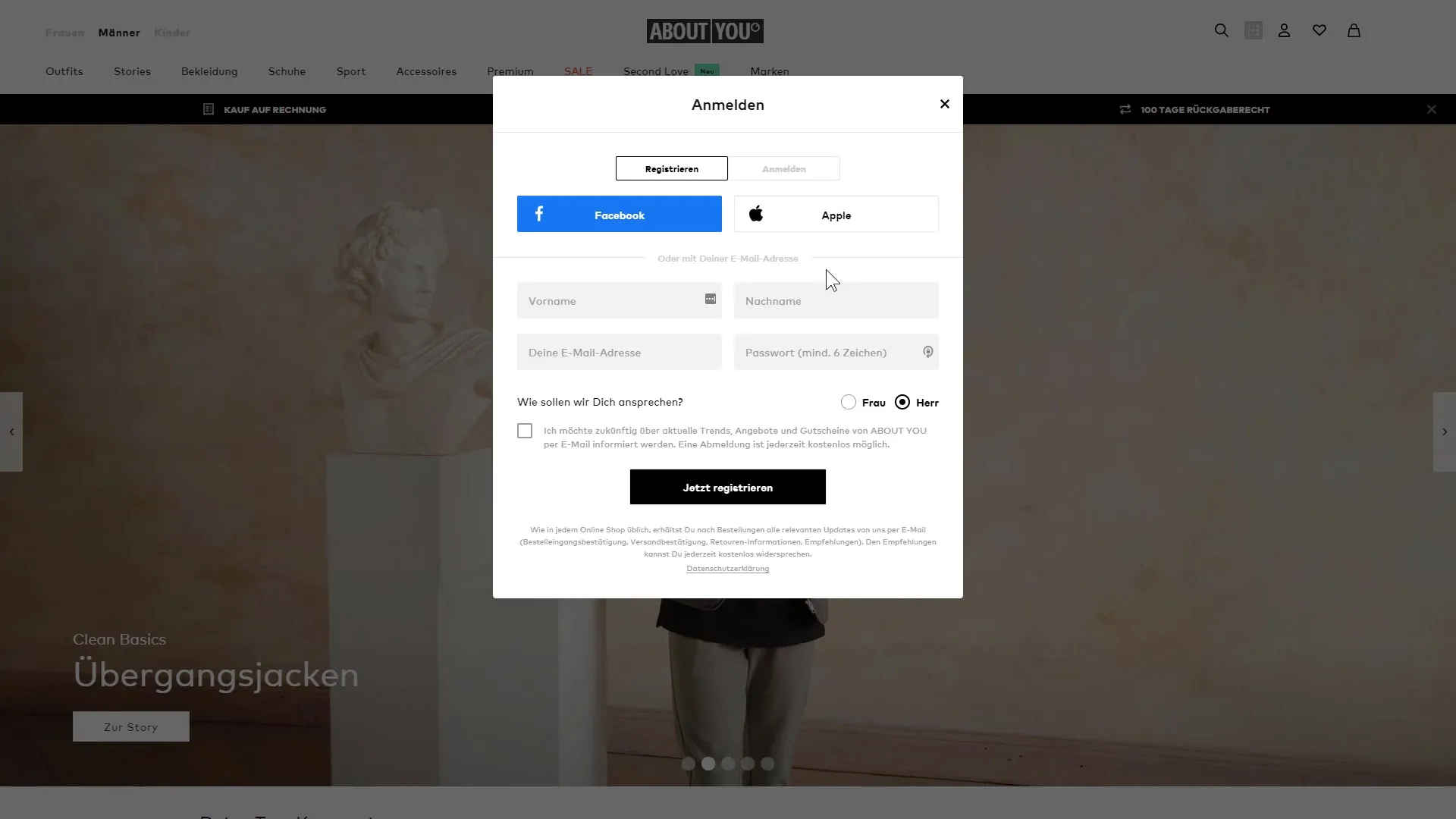
5. Optimizing the Registration Form
Consider what information you absolutely need. It is advisable to only request the necessary information - in many cases, the name and email address are sufficient. Furthermore, the effort for the customers should be kept as minimal as possible to not deter them from registering.
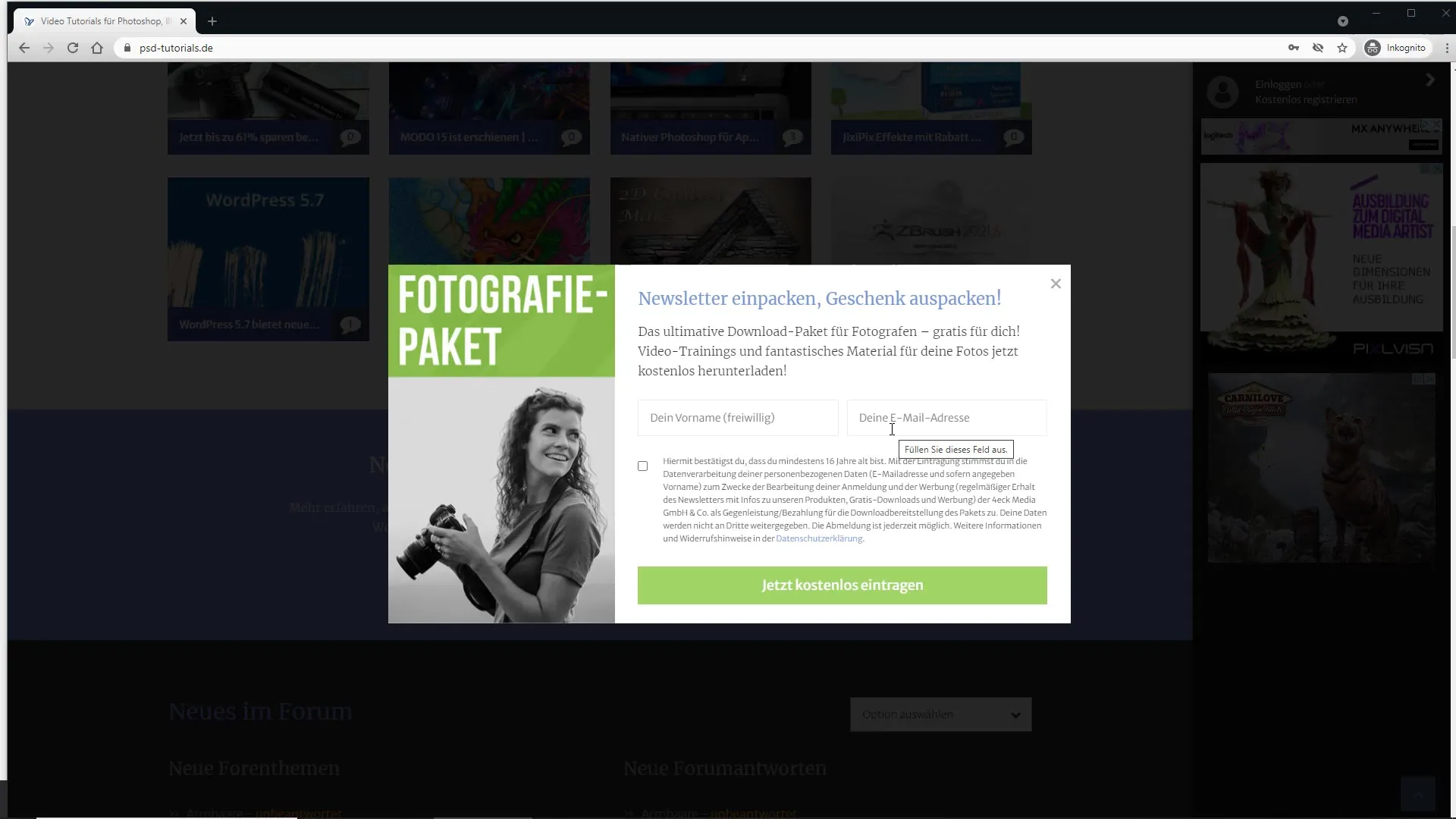
6. Multistep Checkout and Clear Navigation
The checkout should be as clearly structured as possible. Reduce distractions by showing fewer navigation elements and only displaying the legal links. This means that you should avoid any unnecessary links in your checkout process.
7. Security Notices
Make it clear that your checkout process is secure. Trust elements such as "Safe Purchase" or certificates build trust and lower the perceived risk. Also, show your customers preferred payment methods and allow them to choose their preferred delivery service.
8. Minimizing Mandatory Data
When collecting necessities like email address or other contact details, be as minimalist as possible. Clearly state your formal requirements and avoid too many mandatory fields to make the process as smooth as possible.
9. Inline Validation
Implement inline validations for input fields so that users immediately know if they have made errors. This provides them with quick feedback and increases the chances of them continuing the process without frustration.
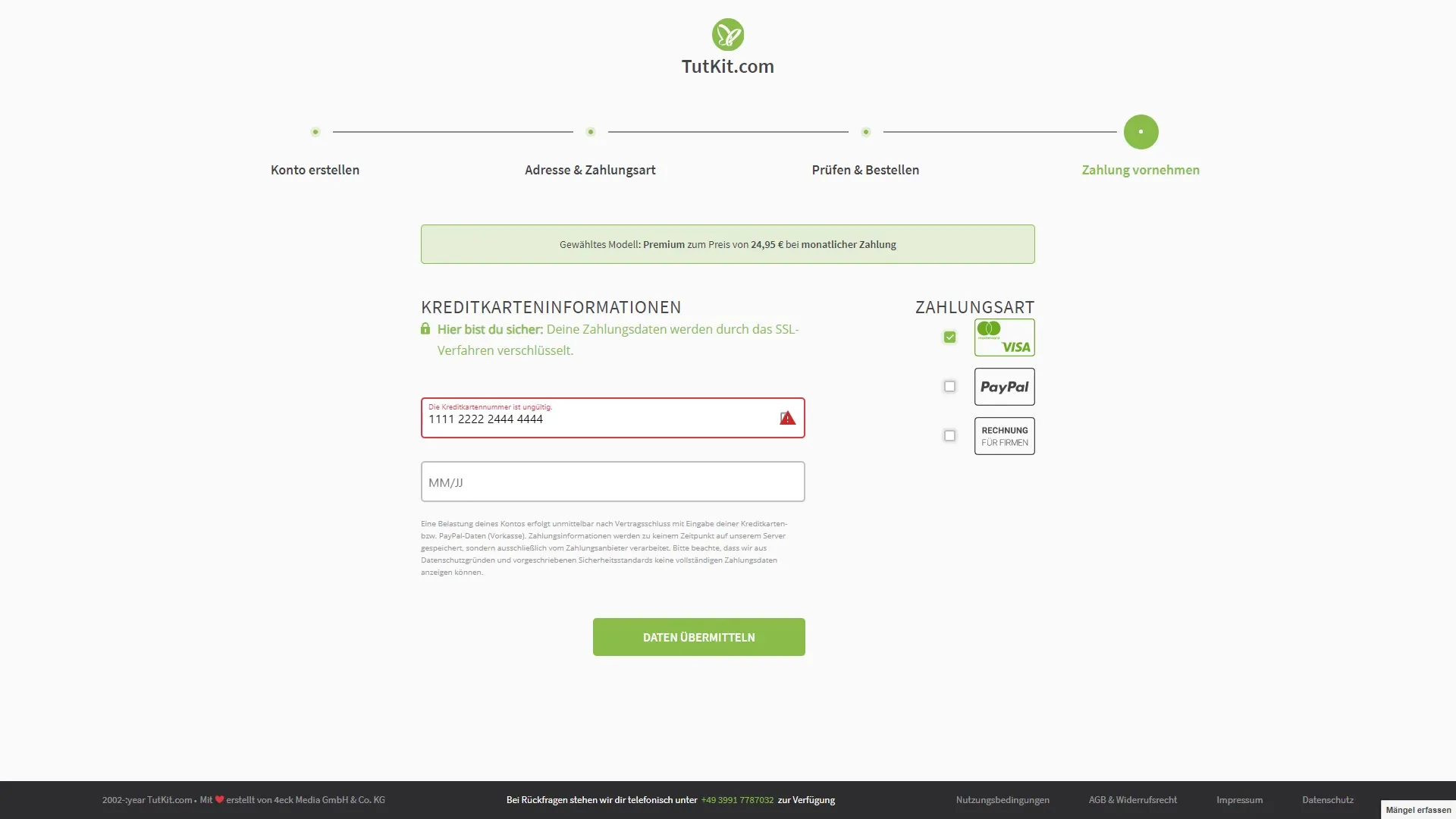
10. User-friendly design for smartphones
Make sure that all input fields are optimized for mobile devices. When a customer selects a numeric field, the numerical keyboard should automatically appear to facilitate input.
11. Order confirmation email
After completing the ordering process, the customer should receive an email with the order confirmation. This is not only pleasant for the customer but also gives them the feeling that everything was handled securely and properly.
Summary
Design your checkout process to be as customer-friendly and efficient as possible. Keep the number of form fields low, enable guest orders, and make clear suggestions for upselling. Ensure that the user is always informed, and optimize the process for mobile devices. By following these steps, you can significantly improve user experience and minimize checkout drop-offs.
Frequently Asked Questions
How can I optimize the checkout process?By enabling guest orders and only requesting the essential data, you can reduce obstacles.
What are Upselling and Cross-Selling?Upselling refers to encouraging the customer to purchase a more expensive version of a product, while Cross-Selling offers related products.
How many form fields should I use in checkout?Keep the number of fields to a minimum to enhance user experience.
Why is inline validation important?Inline validation provides users with immediate feedback on their inputs, increasing user-friendliness.
Which payment methods should I offer?Offer a variety of payment methods to accommodate the different preferences of your customers.
